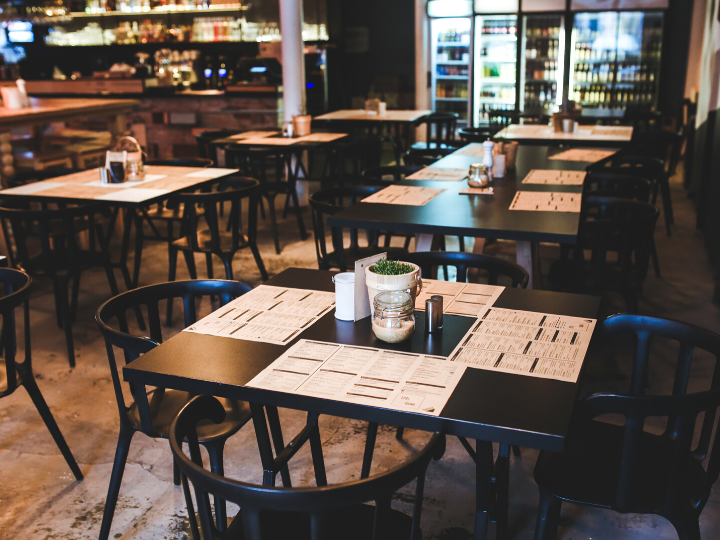
Restaurant owners across Texas have spent the past month pivoting to new business models, offering meals to-go and the sale of bulk produce and other staples. But around half report temporarily or permanently closing in the month since Gov. Greg Abbott ordered all dine-in restaurants and bars in the state to shut down.
Four out of five owners said they have laid off at least some of their employees, according to a survey conducted by the University of Houston Hobby School of Public Affairs. Working with the Texas Restaurant Association, the Hobby School report offers a sobering look at the human and financial toll the virus and closures have taken on an industry that employed one out of 10 working Texans at the start of the year.
Abbott says he will announce the next steps to restart the economy Monday. Even if restaurants are allowed to open for full-service dining on May 1, more than half of owners said it will take their businesses nine months or longer to recover. Three percent said they don't expect to ever recover.
"Restaurant owners are well aware of the headwinds they face, but most are optimistic they will eventually recover," said Pablo M. Pinto, a political scientist and director of the Center for Public Policy at the Hobby School. "Almost all say they have or will apply for the federal government's relief program for small businesses, but it is clear they don't expect recovery to be easy."
The damage isn't limited to restaurant owners and their employees. A significant number of restaurateurs reported diminished payments to vendors for food, business services and other supplies. About 38% report skipping rent payments in April; an additional 30% paid less than the full amount due.
"Restaurants are a microcosm of the business world," said Mark P. Jones, a research associate at the Hobby School and a political science professor at Rice University. "They indirectly support a network of other businesses, and their struggles will reverberate throughout the economy."
Among the other findings:
- 90% said sales dropped between March 23 and April 6 compared to the previous year. 7% weren't in business a year ago; just 3% reported higher sales
- 41% have temporarily closed one or more of their restaurants; 19% have permanently closed one or more locations
- 80% of restaurant owners have laid off at least some employees; 86% have cut worker hours
- Restaurants that remain in business have pivoted to take-out and delivery – just 38% offered take-out before the pandemic, with even fewer offering delivery – and 25% now offer bulk food sales
The full report is available on the Hobby School website.
Jim Granato, executive director of the Hobby School, said the survey offers an early look at how a key segment of the economy is faring during the worst economic crisis since the Great Depression.
"Restaurants and bars are key players in the national and Texas economy, and they have been among the most negatively affected by the virus and the closures and stay-at-home mandates that were called in response," Granato said. "How well they recover when we start to reopen commercial activities will be an important part of the nation's overall recovery."
The survey of restaurant and bar owners was conducted between April 8 and April 22 via an online survey sent to their email. The 340 people surveyed own 1,442 restaurants and as of March 1 employed 44,910 people.






